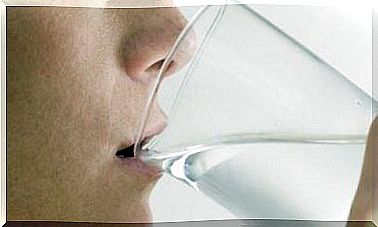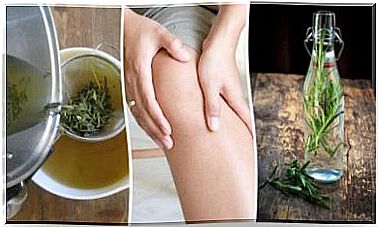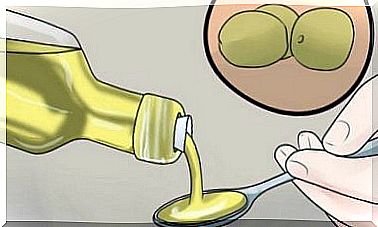What Does Balneotherapy Consist Of?
Balneotherapy is a type of alternative therapy whose objective is to help fight many ailments and diseases through the bath. What does it consist of? What are its benefits? Find out quickly!
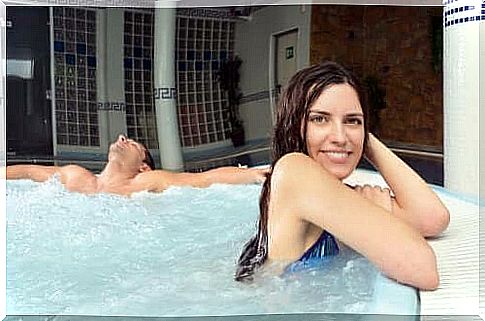
Balneotherapy is a type of alternative therapy that has gained a lot in popularity in recent years. Thanks to its effects on several types of ailments and diseases, it is used and recommended by health professionals. Why is she so popular?
Balneotherapy has a few things in common with hydrotherapy, but they are different. This practice is carried out, in general, in bathing centers, using water and mineral salts through submersions, inhalations and massages for therapeutic purposes. In addition, it can be done with medicinal mud.
It is now so recognized that some European countries have included it as a therapy in their public health system. We therefore invite you to learn more about this subject.
What is balneotherapy?
Balneotherapy refers to a set of alternative treatments that are part of traditional medicine. Even if the use of water for therapeutic purposes dates back to the time of Hippocrates, the fame of balneotherapy was made between the 18th and 19th centuries, when the first bathing centers began to appear.
From that point on, it was discovered that water, mud, stones, and mineral salts could help relieve certain illnesses. In addition, in general, the application of different balneotherapy techniques promotes physical and mental well-being.
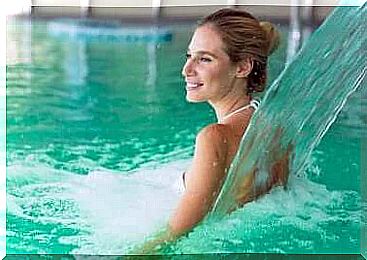
Popular techniques of balneotherapy
In the practice of balneotherapy, several techniques are used for therapeutic purposes. Very often, the bathing centers where it is practiced have waters rich in minerals such as silica, sulphide, selenium, radium, among others. Their temperature also varies a lot. In addition, medicinal sludge is also used, the technique of which is called mud therapy.
Hot-cold therapy
This is the most popular technique in all seaside resorts. Through the latter, several temperatures are applied depending on the therapeutic objective. While the application of cold water improves skin health, relieves spasms and pain, hot water dilates blood vessels, relaxes and helps the metabolic system.
Mineralization
In this mineralization technique, special salts are used to fight and treat different diseases. By submerging in waters that contain these salts, cardiovascular and respiratory health can be improved. In addition, if ingested, it promotes the elimination of toxins and helps kidney and metabolic functioning.
Marine mineralization
This method is based on the use of minerals in high marine concentrations to support the treatment of cardiovascular problems or skin diseases such as psoriasis and acne.
Benefits of balneotherapy

In balneotherapy, techniques are used that improve blood flow and the ability to transport oxygen to every part of the body. Its practice therefore has both cardiac and cerebral benefits. Likewise, it helps regulate the nervous system and is beneficial in treating muscle pain as well as skin disorders.
In addition, with methods such as inhalations of mineralized water, it is recommended to prevent and treat various diseases of the respiratory system. This also improves skin health as it helps detoxify tissue while fighting infections and acne. Other benefits that deserve to be highlighted are:
- It supports the treatment of arthritis. Although it is not a cure for this disease, balneotherapy can help to reduce pain to some extent. This has been shown in a study that was published in the Journal of Rheumatology .
- It helps patients with fibromyalgia. Although more studies are needed to prove this benefit, balneotherapy appears to help patients with fibromyalgia by calming their pain and improving their morale.
- Balneotherapy calms lower back pain. Bathing in sulphurous water and with mineral salts helps relieve back pain, especially in the lumbar area.
- It improves morale. In general, people who attend balneotherapy sessions notice an improvement in their morale. All of its techniques help to alleviate the effects of stress and anxiety.
Contraindications
Despite the mentioned benefits of balneotherapy, it should not be overlooked that it is contraindicated in certain cases. More specifically, the professionals of these therapies advise against its practice in patients who suffer from serious cardiovascular diseases or who are in an advanced state of pregnancy.
Balneotherapy is also not recommended for people with epilepsy or diseases such as tuberculosis and severe diabetes mellitus. Furthermore, it is important to stress that this type of therapy should be seen as an aid compared to other established treatments, but not as a replacement for the latter.
If in doubt, it is best to consult your doctor or an expert in the field. The professional will be the one who will assess whether or not to perform this type of therapy.


